Table of Contents
- Understanding Gaia Theory and Its Implications for Environmental Science
- The Interconnection of Life: How Gaia Theory Redefines Ecosystem Relationships
- Exploring the Philosophical Underpinnings of Gaia Theory
- Practical Applications of Gaia Theory in Sustainable Practices
- Challenges and Critiques: Analyzing the Limitations of Gaia Theory
- Q&A
- Key Takeaways
Understanding Gaia Theory and Its Implications for Environmental Science
The Gaia theory posits that the Earth functions as a self-regulating, complex system where living organisms interact with their inorganic surroundings to maintain conditions conducive to life. This concept reshapes our understanding of ecosystems by emphasizing the interconnectedness of all things. Rather than seeing organisms and their environment as separate entities, the Gaia hypothesis suggests that they are deeply intertwined, forming a cohesive whole. The implications of this perspective extend far beyond philosophy, influencing fields such as environmental science, ecology, and sustainability.
One significant implication of the Gaia theory is its challenge to traditional approaches in environmental science. It encourages a more holistic view, prompting scientists and policy-makers to consider how biological, geological, and atmospheric processes are interrelated. As a result, we can identify key areas where human activities threaten this balance. Some essential areas of focus include:
- Biodiversity conservation: Protecting diverse species is crucial for maintaining ecological balance.
- Climate change: Understanding feedback loops helps to predict and mitigate climate impacts.
- Pollution management: Recognizing how pollutants affect life systems reinforces the need for cleaner technologies.
Moreover, applying Gaia theory provides a framework for sustainable development that aligns human activities with Earth’s natural processes. By studying feedback loops and interactions within ecosystems, we can develop strategies that minimize human impact while enhancing ecosystem resilience. Researchers are increasingly turning to this perspective to devise innovative solutions for pressing environmental issues. For instance, regenerative agriculture practices that enhance soil health and biodiversity exemplify how embracing the interconnectedness of life can lead to more sustainable food systems. By understanding and respecting these interdependencies, we pave the way towards a more balanced coexistence with our planet.

The Interconnection of Life: How Gaia Theory Redefines Ecosystem Relationships
The Gaia theory, proposed by scientist James Lovelock, presents an intriguing viewpoint on the interconnectedness of all life forms and their environment. This concept posits that Earth functions as a self-regulating system, where the biological components—plants, animals, and microorganisms—interact with the physical elements—air, water, and minerals—to maintain conditions suitable for life. By viewing ecosystems through this lens, we begin to appreciate that each element, no matter how small, plays a crucial role in sustaining the planet as a whole.
Within this intricate web of life, relationships among various species showcase the balance maintained by nature. For instance, consider the following key interactions:
- Producers and Consumers: Plants absorb sunlight, converting it into energy, while herbivores rely on them for food, demonstrating a direct dependency.
- Predators and Prey: The balance between predator and prey populations is vital to ecosystem stability, as it regulates species numbers and resources.
- Mutualism: Species often work together, such as bees pollinating flowers while feeding on nectar, highlighting the cooperative aspect of ecosystem relationships.
Understanding these connections prompts us to consider the broader implications for environmental stewardship. As human activity significantly impacts these natural relationships, the Gaia theory invites us to reflect on our role. Protecting biodiversity and ecosystem health becomes essential, not only for survival but to preserve the intricate balance of life. Implementing sustainable practices becomes paramount in ensuring we contribute positively to the Earth’s self-regulating systems.
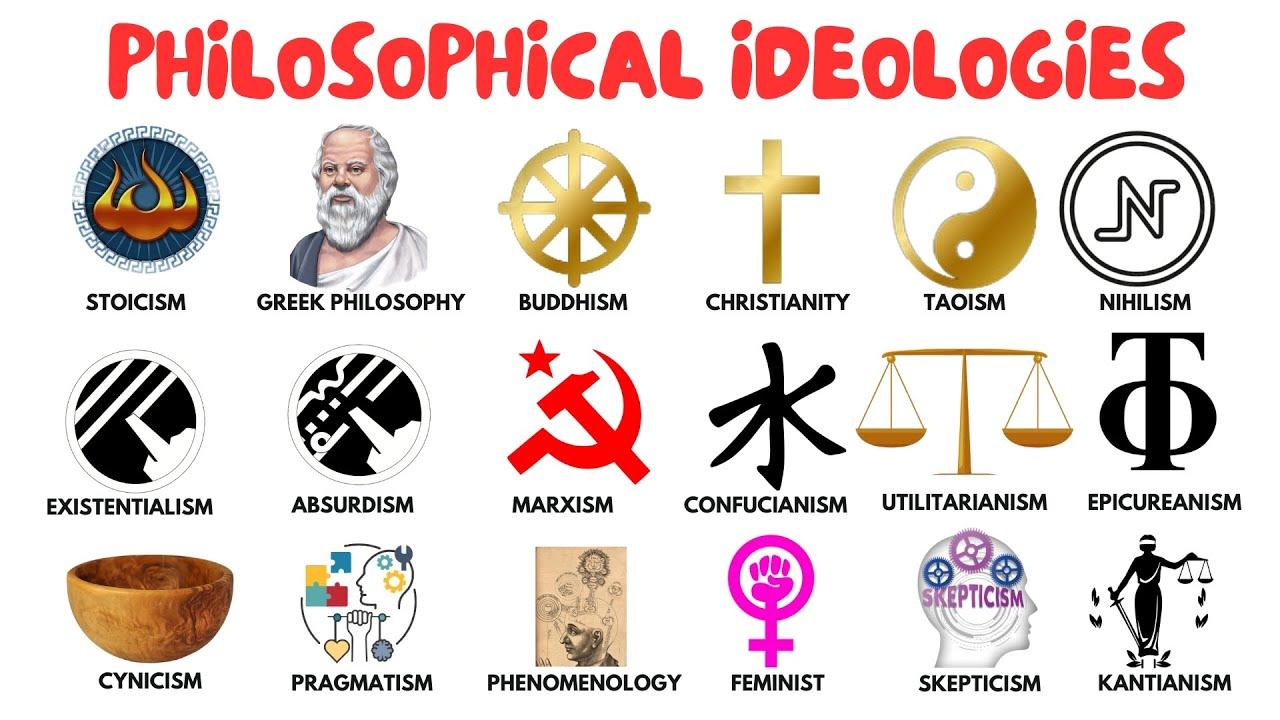
Exploring the Philosophical Underpinnings of Gaia Theory
The philosophical foundations of the Gaia Theory invite us to contemplate the intricate connections between life and the Earth’s systems. This theory, proposed by James Lovelock in the 1970s, posits that our planet functions as a single, self-regulating entity. By examining Gaia, we delve into the idea that living organisms interact with their inorganic surroundings to maintain conditions suitable for life. This holistic perspective challenges the traditional view that humanity is separate from nature, suggesting instead a profound interconnectedness.
At the heart of Gaia Theory is the concept of interdependence, which raises crucial questions about the role of human beings in the ecological balance of the planet. This relationship can be explored through several philosophical lenses, including:
- Ecocentrism: Emphasizing the intrinsic value of all living beings.
- Deep Ecology: Advocating for a more respectful relationship between humans and nature.
- Holism: Understanding ecological systems as wholes rather than merely collections of parts.
Furthermore, Gaia Theory encourages a reevaluation of our ethical responsibilities towards the environment. It sparks debate on popular themes such as sustainability and conservation, urging society to reflect on how actions impact the global ecosystem. As scientific inquiry and philosophical discourse converge in this domain, we are challenged to adopt a proactive stance toward environmental stewardship, ultimately shaping a future that honors both human existence and the delicate web of life on Earth.

Practical Applications of Gaia Theory in Sustainable Practices
The practical applications of Gaia Theory significantly enhance sustainable practices by promoting a holistic view of ecological systems. By understanding the Earth as a self-regulating organism, stakeholders can devise strategies that align human activities with ecological health. This perspective encourages efforts in resource conservation, as it recognizes that the well-being of one component impacts the whole system. For example, integrating agricultural practices that mimic natural ecosystems can lead to more resilient food production methods. Such practices include:
- Agroecology: Utilizing indigenous plant species and organic farming techniques to restore biodiversity.
- Permaculture: Designing agricultural landscapes that are self-sustaining and low-maintenance.
- Regenerative agriculture: Focusing on soil health and nutrient cycling to sequester carbon and reduce environmental impact.
Incorporating Gaia Theory into urban planning also leads to sustainable city development. Urban areas can be designed to function as part of the natural ecosystem rather than in opposition to it. This can involve the use of green architecture, which employs sustainable materials and energy-efficient systems. Additionally, creating green spaces and urban forests helps to enhance biodiversity and improve air quality. Some key elements include:
| Sustainable Urban Design Features | Benefits |
|---|---|
| Green roofs | Reduced urban heat, improved insulation |
| Rain gardens | Stormwater management, enhanced biodiversity |
| Smart transportation systems | Lower emissions, reduced traffic congestion |
Moreover, Gaia Theory encourages collaborative governance among communities, policymakers, and industries, fostering a participatory approach to environmental stewardship. Engaging all stakeholders ensures that decisions resonate with the interconnectedness highlighted by the theory. For instance, implementing community-led conservation projects promotes ownership and responsibility among local residents, who form a crucial part of the ecosystem. Initiatives can include:
- Community gardens: Cultivating local food sources while fostering social bonds.
- Wildlife conservation programs: Engaging locals in protecting native species and habitats.
- Educational workshops: Increasing awareness about sustainable practices and ecological health.
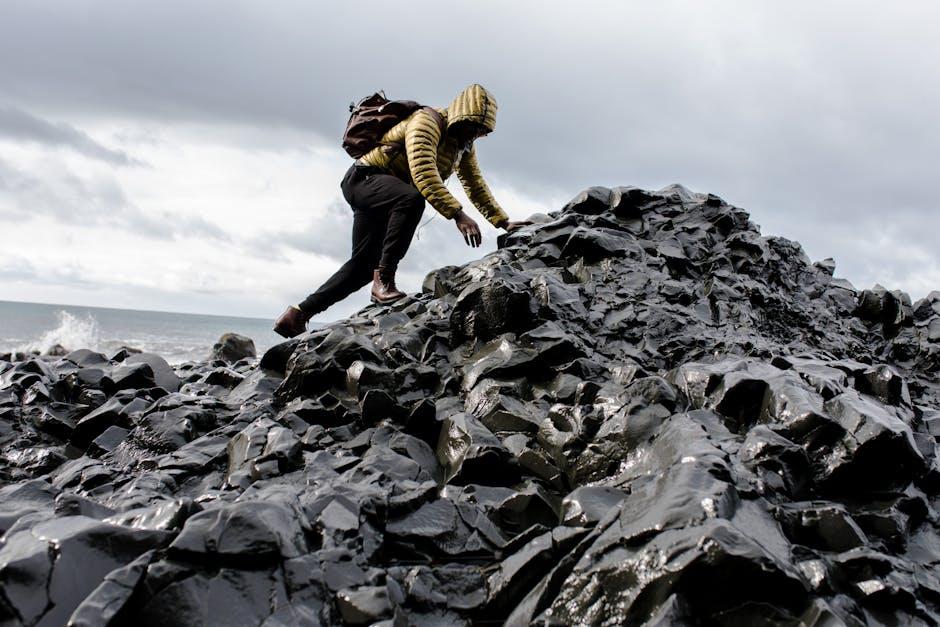
Challenges and Critiques: Analyzing the Limitations of Gaia Theory
The Gaia Theory, proposing that Earth functions as a self-regulating system, has garnered both enthusiasm and skepticism since its inception. Critics have highlighted several limitations that challenge its scientific validity. One major critique lies in the lack of empirical evidence supporting the idea that life actively regulates the environment to maintain conditions suitable for its existence. While the theory suggests interconnectivity and feedback loops within Earth’s systems, proving the mechanisms of such interactions can be elusive. Many argue that observable phenomena attributed to Gaia could be explained through traditional ecological and evolutionary frameworks without invoking a collective entity.
Another challenge arises from the anthropocentric interpretation of the theory. Detractors contend that it projects human-like intentionality onto natural processes, leading to an overly simplistic viewpoint that diminishes the complexity of ecological relationships. Critics assert that while life interacts with the environment, it does so without a unified purpose or goal. This perspective calls into question whether Gaia can be framed as a coherent scientific model or if it merely serves as a metaphorical narrative for understanding Earth’s dynamics.
Moreover, the theory’s broad scope can lead to overgeneralization, making it difficult to apply specific predictions or conduct controlled experiments. For instance, the varying responses of ecosystems to disturbances complicate the notion of self-regulation championed by the Gaia Theory. Critics often emphasize the necessity of incorporating a range of scientific disciplines—such as geology, climatology, and biology—to achieve a more holistic understanding of Earth’s systems, rather than relying solely on an overarching theory that attempts to encapsulate every interaction in a single framework.
Q&A
Understanding Gaia Theory: Your Questions Answered
Q1: What is Gaia Theory? A: Gaia Theory, proposed by scientist James Lovelock in the 1970s, suggests that the Earth and its biological systems behave as a single, self-regulating entity. This theory posits that living organisms interact with their inorganic surroundings to create a stable environment conducive to life, effectively treating the planet as a single organism.Q2: Why is it called “Gaia”? A: The name “Gaia” comes from Greek mythology, where Gaia is the personification of Earth. Lovelock used this term to highlight the interconnectedness of life on our planet and to emphasize the idea that the Earth’s biological and chemical processes are interdependent.
Q3: What are the key principles of Gaia Theory? A: The key principles of Gaia Theory include:
- Self-Regulation: The Earth system maintains conditions for life through feedback loops that regulate climate, atmosphere, and ocean chemistry.
- Interconnectedness: All living organisms are interlinked with their environment, influencing each other’s survival and evolution.
- Homeostasis: The Earth can stabilize itself in the face of environmental changes, similar to how living organisms maintain internal balance.
Q4: How does Gaia Theory view the role of humans? A: According to Gaia Theory, humans play a significant role in the Earth’s systems. Our activities, from pollution to deforestation, can disrupt natural balances, but we also have the capacity to enhance the self-regulating processes of Gaia through sustainable practices and innovation.
Q5: Is Gaia Theory widely accepted in the scientific community? A: While Gaia Theory has garnered significant interest and recognition, it is also met with skepticism. Some scientists argue that it anthropomorphizes the Earth and oversimplifies complex ecological interactions. However, many ecological and environmental concepts are being increasingly validated in light of Gaia thought, particularly in discussions around climate change and ecosystem management.
Q6: How does Gaia Theory relate to climate change? A: Gaia Theory highlights how human-induced changes—like greenhouse gas emissions—impact the Earth’s self-regulating mechanisms. Understanding these connections can help us develop strategies to mitigate climate change, emphasizing the need for collective action to restore planetary balance.
Q7: Can Gaia Theory inspire environmental movements? A: Absolutely! Gaia Theory has inspired numerous environmental movements by promoting the understanding that actions impact the entire planet. It encourages a perspective that prioritizes ecological integrity and sustainability, fostering a sense of responsibility towards our home, Earth.
Q8: Where can I learn more about Gaia Theory? A: For those interested in diving deeper into Gaia Theory, starting with James Lovelock’s book, “Gaia: A New Look at Life on Earth,” is highly recommended. Additionally, academic journals, documentaries, and online courses on ecology and environmental science can offer valuable insights into this fascinating perspective on the planet.
Feel free to explore these aspects of Gaia Theory to deepen your understanding of its implications on our planet and our role in its future.
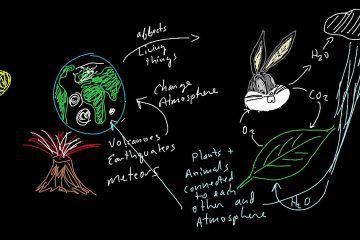
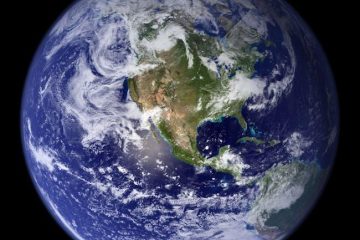
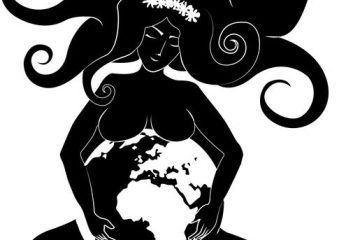
0 Comments